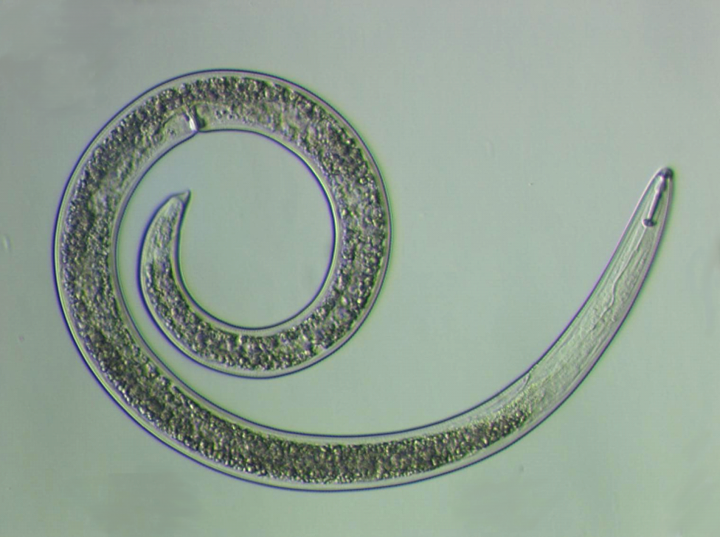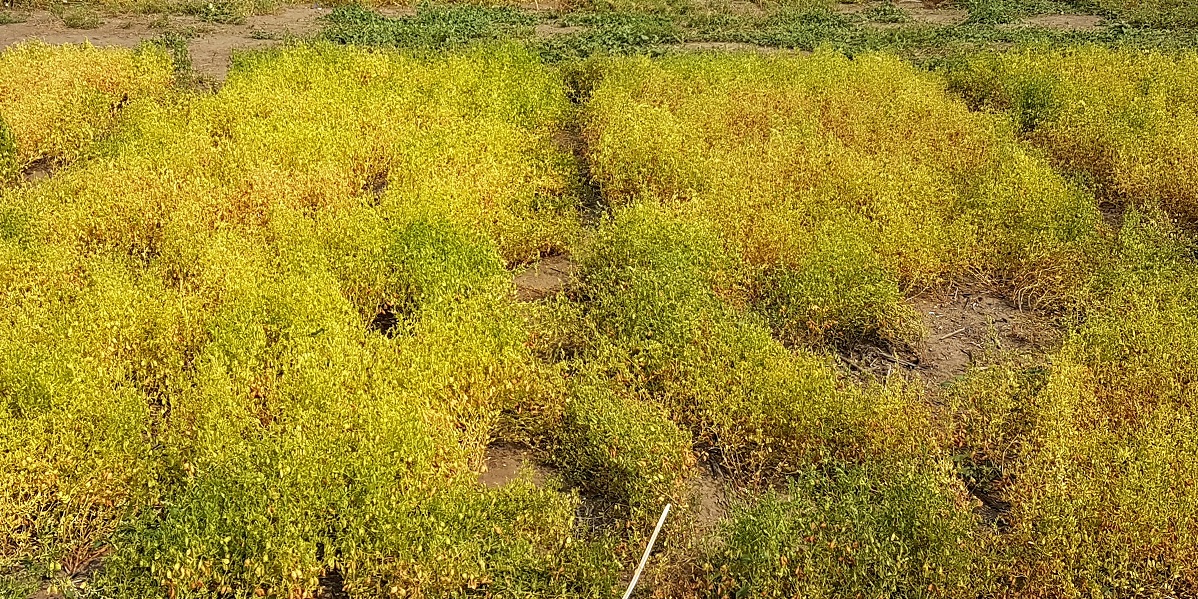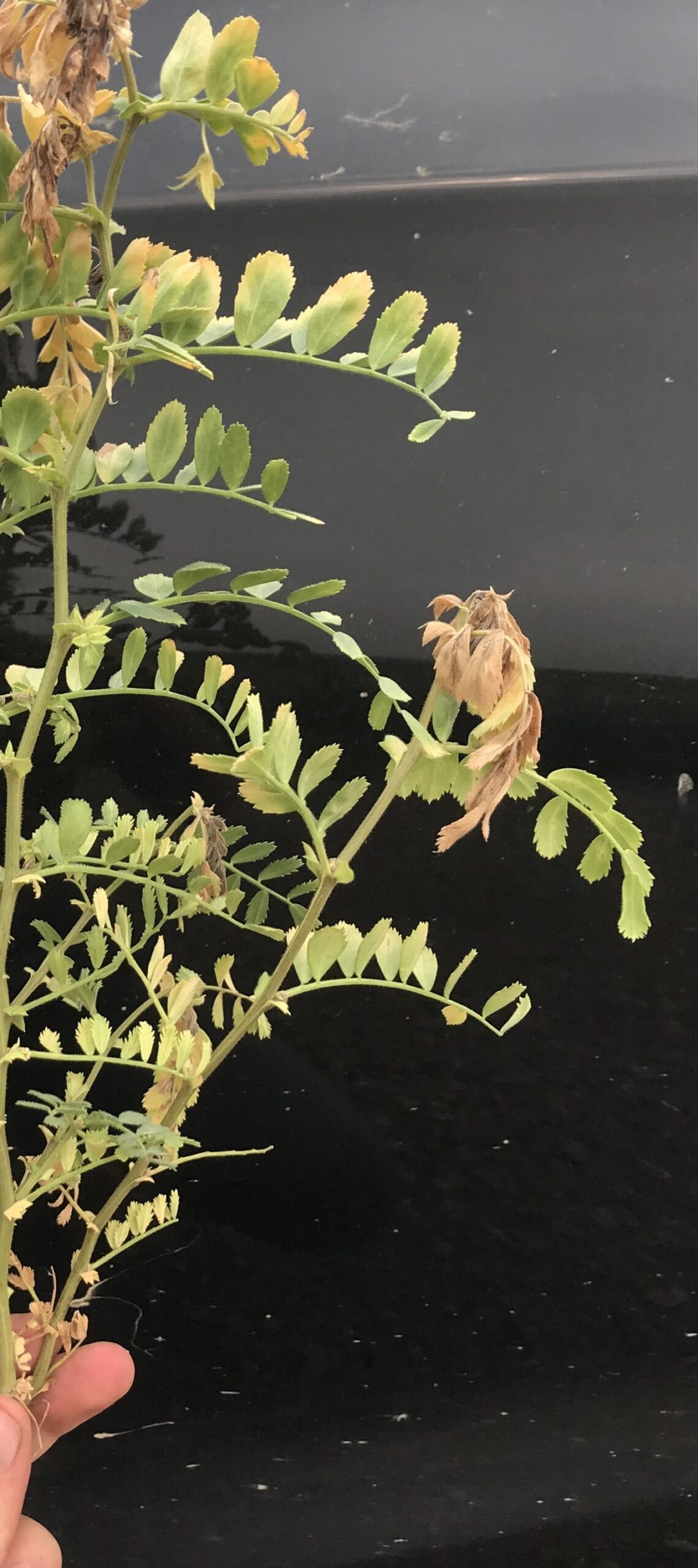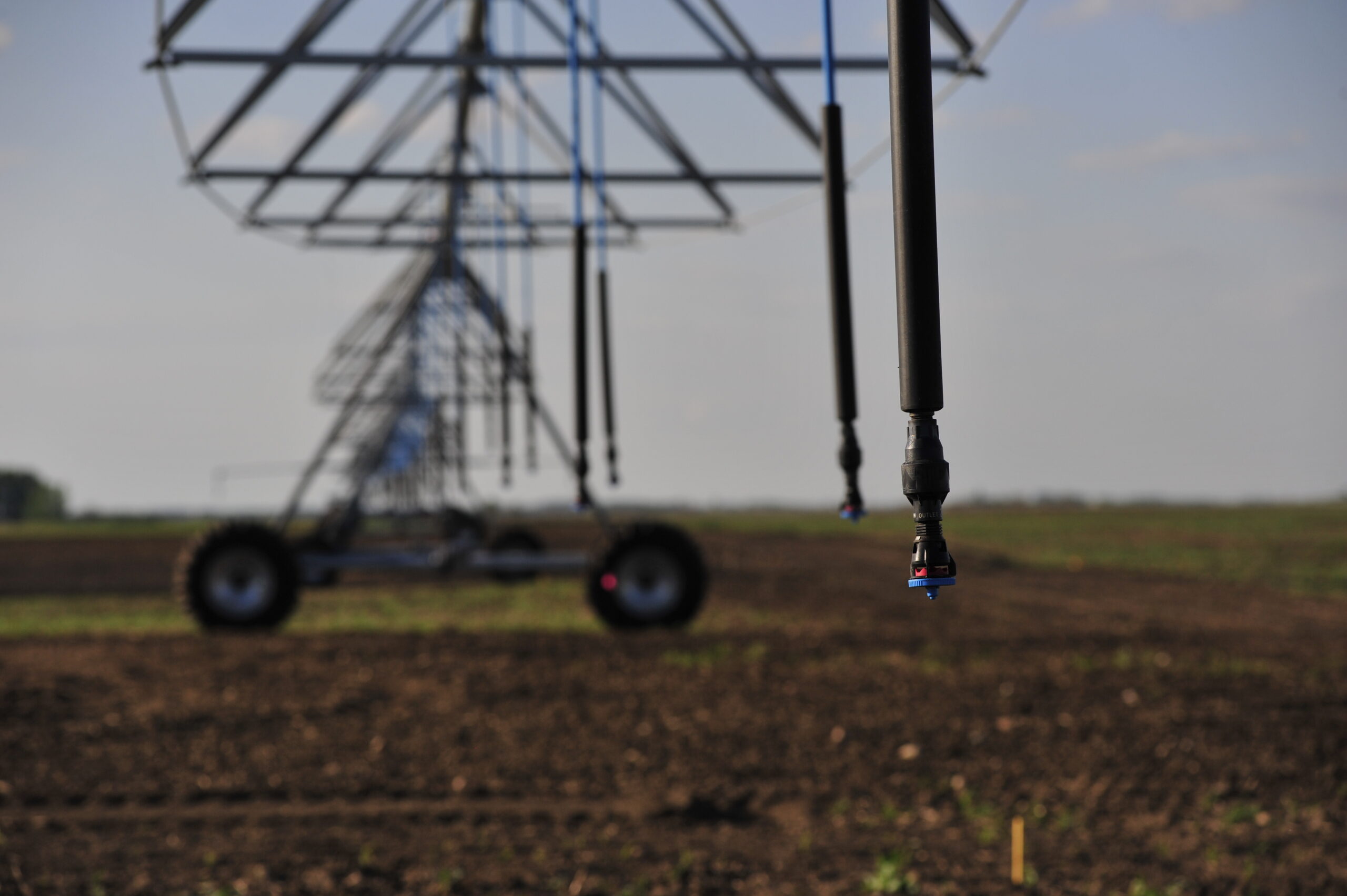Fresh insights from studies into three nematode species aid in strengthening market security for Prairie growers who export their pulse crops to countries with strict quarantine rules.
Dr. Mario Tenuta, a soil ecologist at the University of Manitoba and the project’s principal investigator, hopes the studies will also raise awareness about the issues nematodes can present to pulse farmers and provide recommendations for how they can deal with them.
Often referred to as roundworms, nematodes are microscopic invertebrates with smooth, unsegmented bodies and, usually, a worm-like body shape one to two millimetres long. Many feed on plants, using needle-like spears to suck the contents of plant cells. Others carry viruses that can damage crops. Most, however, are harmless to plants, and enrich the soil by feeding on decaying matter and other living organisms.
“We know so much more about fungal and bacterial crop diseases as a result of better understanding nematodes,” he says. “Nematodes are everywhere, but they have been relatively neglected as a focus of study on the Canadian Prairies.”
One of the project’s studies examines Ditylenchus, the stem nematode of Canada thistle. Previous research showed that Ditylenchus does not like the pulse crops that we grow on the Prairies, or other crops like canola and wheat.
“Now we are looking at vegetable crops that grow in countries we export our pulses to.”
Inside a greenhouse at the University of Manitoba, Dr. Tenuta and his team introduced the Canada thistle nematode to okra, chillies, potatoes, gourds, and other plants popular in countries like India to see if the parasite would attack them—or could survive on them at all.
The worry, of course, is that while the nematode does not damage pulse and grain crops, the danger to vegetable crops is not known.
“So far,” says Dr. Tenuta, “the research says no, the Canada thistle nematode is unlikely to pose a threat to vegetable crops in countries we export our pulses to. It does not even survive on the crops, let alone grow.”
The researchers may repeat the study in the coming months at high temperature to mimic summer of the countries Canada exports its pulses just in case that has any impact on nematode reproduction levels.
Dr. Tenuta’s research team was also asked to investigate the root lesion nematode, Pratylenchus, which is present in nearly a quarter of all fields on the Prairies.
“Why does it thrive here? What plants does it eat? We are looking for baseline knowledge we can build on with later research,” says Dr. Tenuta.
It turns out the root lesion nematode loves soybean and, to a lesser extent, chickpea. Dr. Tenuta worked with Dr. Syama Chatterton, a plant pathologist with Agriculture and Agri-food Canada, who planted varieties of soybean in tubes filled with soil that had anywhere from zero to many of the nematodes living in it. Then they compared the parasite’s reproduction rates.
“We have confirmed this nematode does like some varieties of soybean more than others, but it does not seem to harm the soybean. We are still analyzing the data to get the full picture.”
Dr. Tenuta and his team are also investigating a mysterious chickpea disease wreaking havoc on crops in Southern Saskatchewan. The disease may have something to do with the pin nematode, Paratylenchus.
“We are finding incredibly high densities of the pin nematode in soil samples loosely related to occurrences of this syndrome, but several criteria must be met before we can confirm the nematode is actually responsible for the disease.” Dr. Tenuta and his team continue to work on this emerging pest.
By understanding the relationship between nematodes and pulses grown on the Prairies today, researchers like Dr. Tenuta can help growers and plant scientists prepare for a changing climate tomorrow.
“One of our strengths on the Prairies is our diverse crop rotation, which keeps some populations of these nematodes down. However, as our climate changes, and we introduce new crops or crops with longer growing seasons, we could have new nematode species appear and thrive under warmer conditions.”
These include some of the more threatening nematode species that have yet to make an appearance on the Prairies. For example, Dr. Tenuta’s team recently discovered the soybean cyst nematode (SCN) in five Manitoba rural municipalities. SCN is one of the most significant diseases of soybean. Dr. Tenuta hopes that raising awareness about its presence and reaching out to farmers will ensure it is not as damaging here as it is elsewhere.
“Thanks to this work, we have the infrastructure, talent, technicians, and students who are being trained to jump in there and handle any potential issues that may arise.”
Dr. Tenuta’s research is helping Canada’s pulse farmers understand the impact these microorganisms have on market security and crop health today, and in the face of an uncertain future.
For more information, visit soilecology.ca/pulse- nematodes/

Project: Vigilance towards plant nematodes to sustain pulse production on the Canadian Prairies
Industry Funder: Alberta Pulse Growers, Saskatchewan Pulse Growers, Manitoba Pulse and Soybean Growers
Project Cost: $922,611.70
Project Completion Date: March 31, 2023



